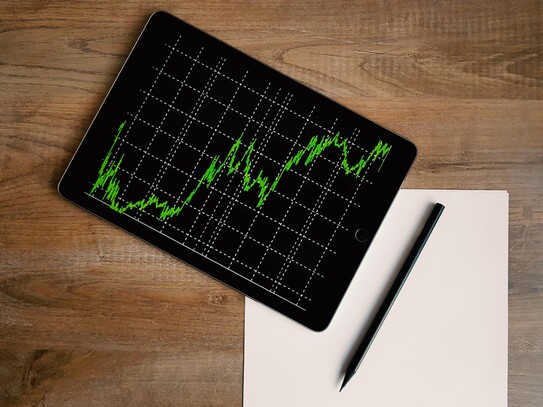Effective demand forecasting models
Demand forecasting is the complicated science of hypothesising expected sales demand for a given product or series of products. Typically demand forecasting consists of assessing future demand based from historical sales data, and is used to aide businesses in making decisions on what inventory should be held to make best use of cash. The absence of demand based forecasting leaves businesses vulnerable to lost opportunities through stock-outs, or could leave your business with a surplus of stock.
Pursuing demand forecasting to maintain a lean inventory has a number of benefits, one being increased sell-through. Sell-through is the number of times inventory is bought and entirely sold in a given time period, the goal here should be to purchase and entirely sell the inventory of a given product within 90 days. Achieving this will result in reduced holding costs and increased cash-flow. Being able to effectively anticipate customer demand will also allow you to make smarter staffing decisions around providing resource to facilitate spikes.

One method of demand forecasting is a time series analysis, this method is best suit for businesses that have several years of sales data to work from. When trends are clear, businesses will use their historical sales data to get an idea of the seasonal fluctuations of sales volume. This method will work best where sales trends are relatively stable.
In the absence of historical sales data, a method called qualitative forecasting can be used instead of the time series analysis. The qualitative forecasting methodology is typically used with new businesses, or where a new product line is being launched. This method will typically use market research to make a hypothesis on forecasted demand.

A factor to consider when demand forecasting is seasonality. Seasonality is a characteristic where sales experience regular cyclical changes that recur over the calendar year (such as an increase in sales during the holiday season). Trends can also occur over time that signal a shift in behaviour such as a product increasing in popularity. When it comes to demand forecasting both seasonality and sales trends should be taken into account when hypothesising the demand of a particular product. This data should then be used to prepare your inventory, marketing activities and overall operational processes. By effectively forecasting anticipated sales of a particular product, you’ll be able to increase your sell-through rate and reduce stock-out scenarios leading to increased customer satisfaction.
Your business ERP system will be the starting place demand forecasting, as this is where most of your data lives. Having worked with wholesale/distribution businesses of all shapes and sizes, ALTSHIFT has successfully executed ERP projects that serve as the backbone to effective demand forecasting. Planning to implement a new ERP system? Get in touch for a free consultation.
